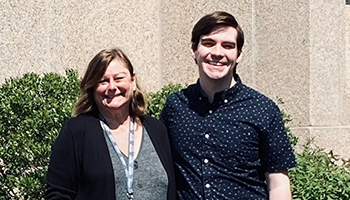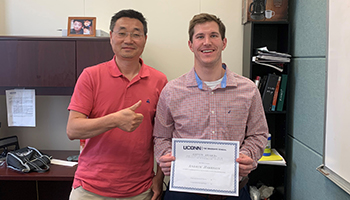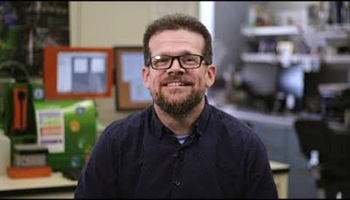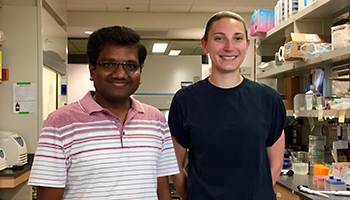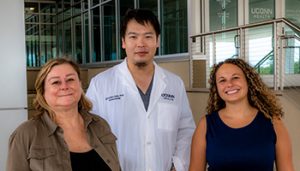 The UConn Center on Aging has been awarded a Claude D. Pepper Older Americans Independence Center (OAIC) grant. “Pepper Centers” were established by the National Institute on Aging (NIA) to develop and enhance research and education at institutions with strong programs in aging research. Drs. George Kuchel and Richard Fortinsky are the principal investigators who led this effort.
The UConn Center on Aging has been awarded a Claude D. Pepper Older Americans Independence Center (OAIC) grant. “Pepper Centers” were established by the National Institute on Aging (NIA) to develop and enhance research and education at institutions with strong programs in aging research. Drs. George Kuchel and Richard Fortinsky are the principal investigators who led this effort.
The UConn Pepper Center will focus on “precision gerontology” which seeks to enhance independence in older adults through approaches designed to better understand the uniqueness of each older individual in a manner that can lead to the design, testing and implementation of clinical interventions that are more targeted and precise. It will be focused in approaches that will enhance independence relative to mobility, memory and behavior, host defense and infection, and voiding.
The Cores associated with the Pepper Center will provide investigators with assistance in recruiting human subjects, data analysis, biomarker discovery and preclinical model development. There will also be opportunities for UConn investigators to apply for funds for pilot projects in aging research and for new investigators to become Pepper Scholars.
Dr. Laura Haynes from the Center on Aging and the Department of Immunology will lead the Biomarker and Preclinical models core and Drs. Jenna Bartley and Zhichao Fan will be involved in a developmental project related to this core.
Read the full story.
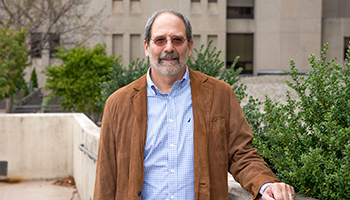
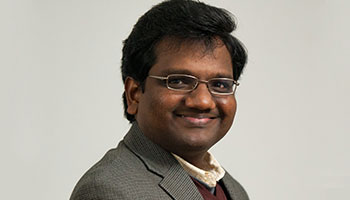
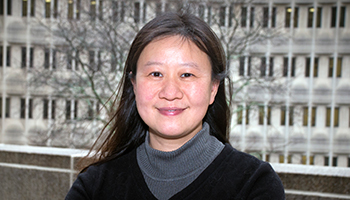

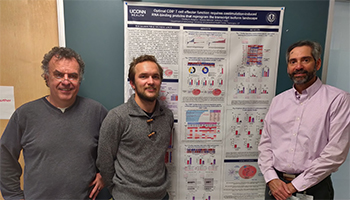
 The UConn Center on Aging has been awarded a Claude D. Pepper Older Americans Independence Center (OAIC) grant. “Pepper Centers” were established by the National Institute on Aging (NIA) to develop and enhance research and education at institutions with strong programs in aging research. Drs. George Kuchel and Richard Fortinsky are the principal investigators who led this effort.
The UConn Center on Aging has been awarded a Claude D. Pepper Older Americans Independence Center (OAIC) grant. “Pepper Centers” were established by the National Institute on Aging (NIA) to develop and enhance research and education at institutions with strong programs in aging research. Drs. George Kuchel and Richard Fortinsky are the principal investigators who led this effort.